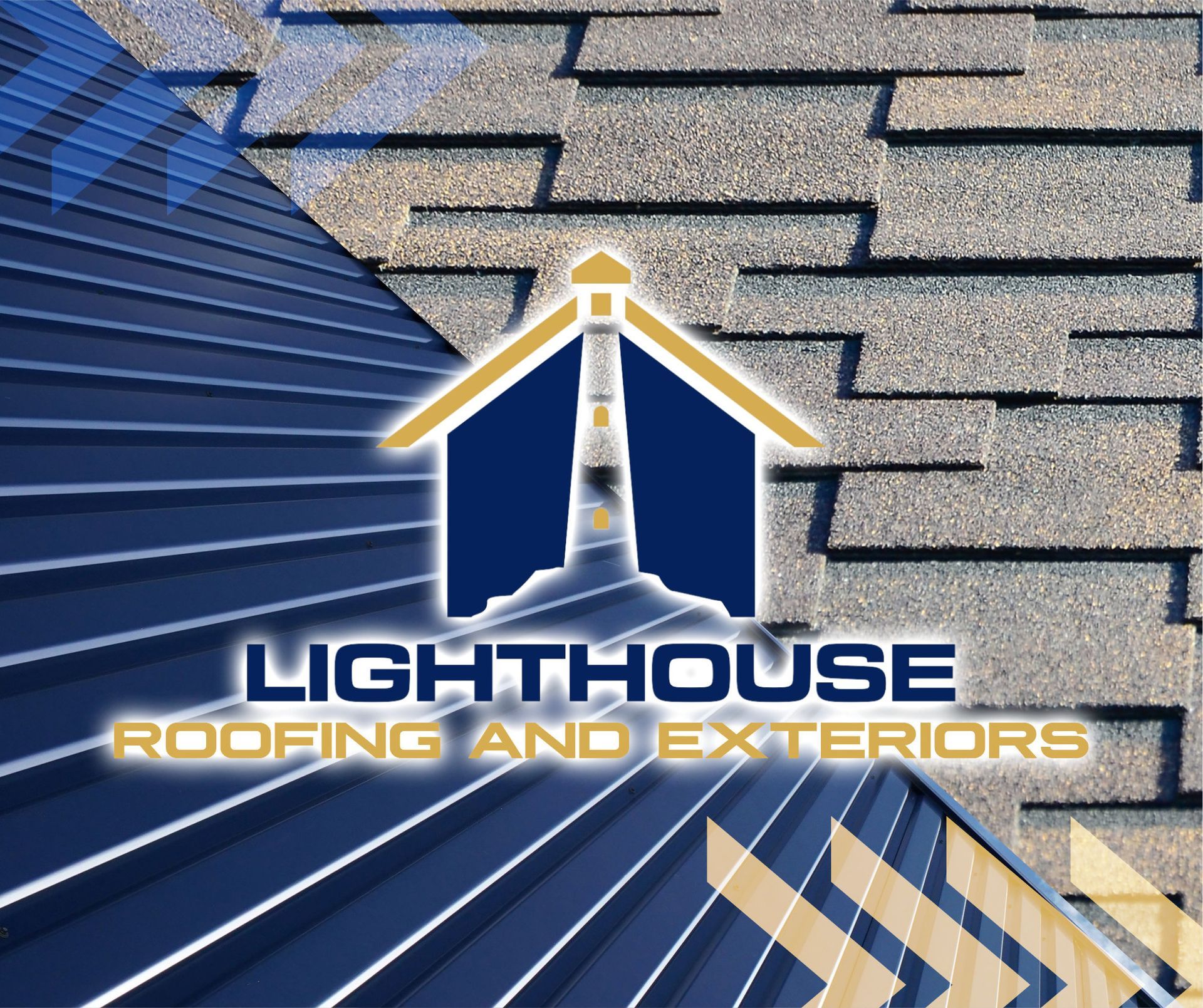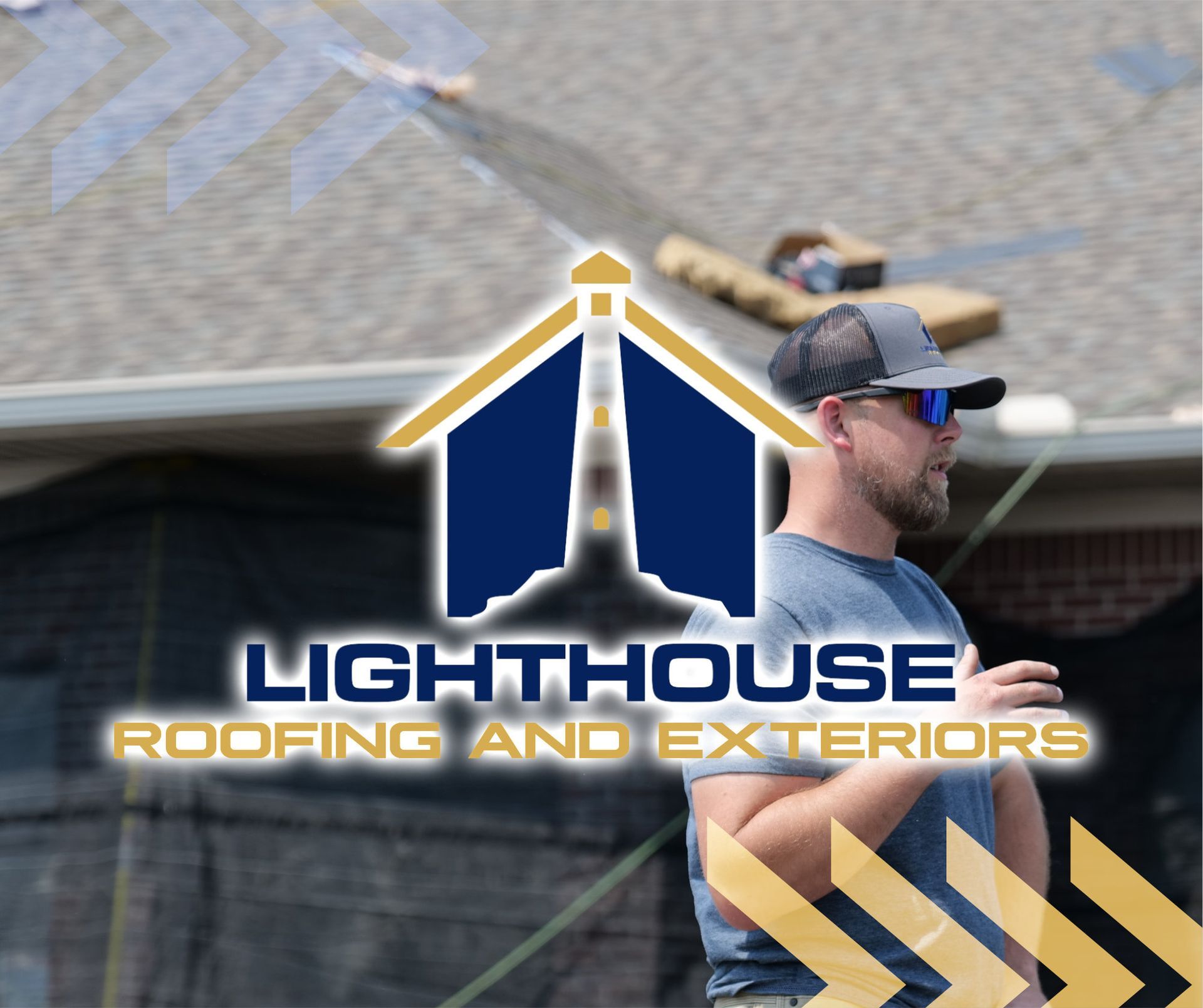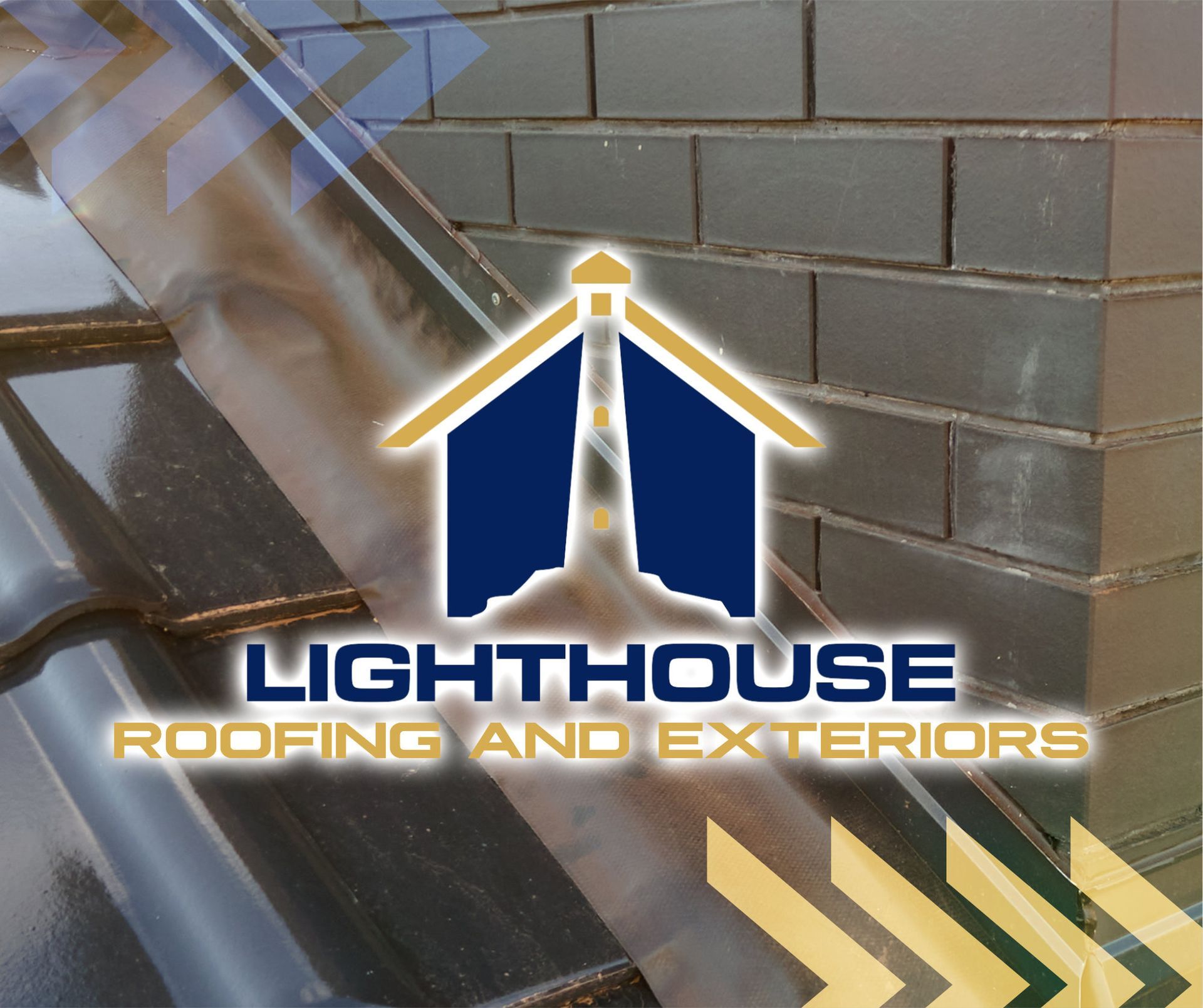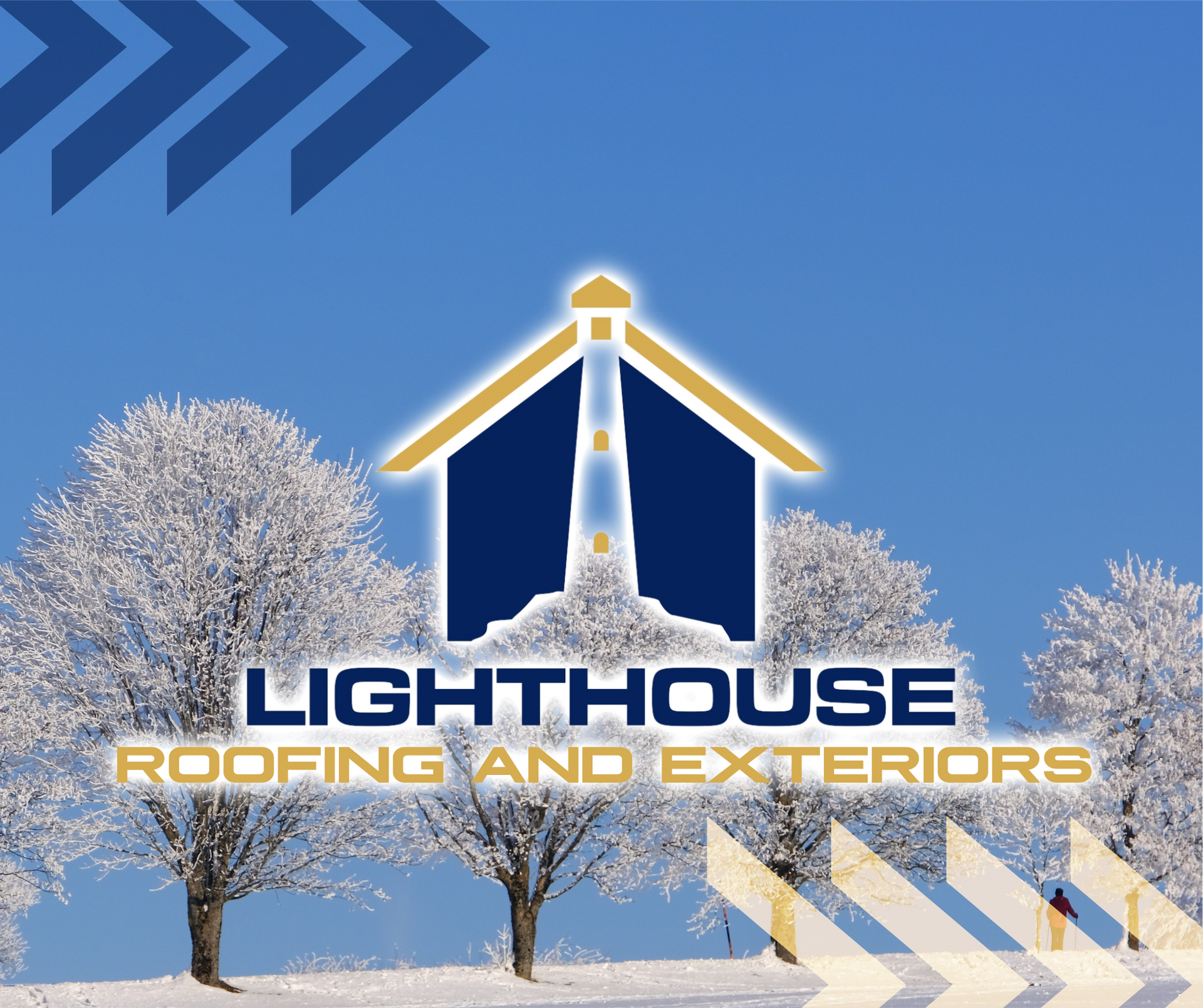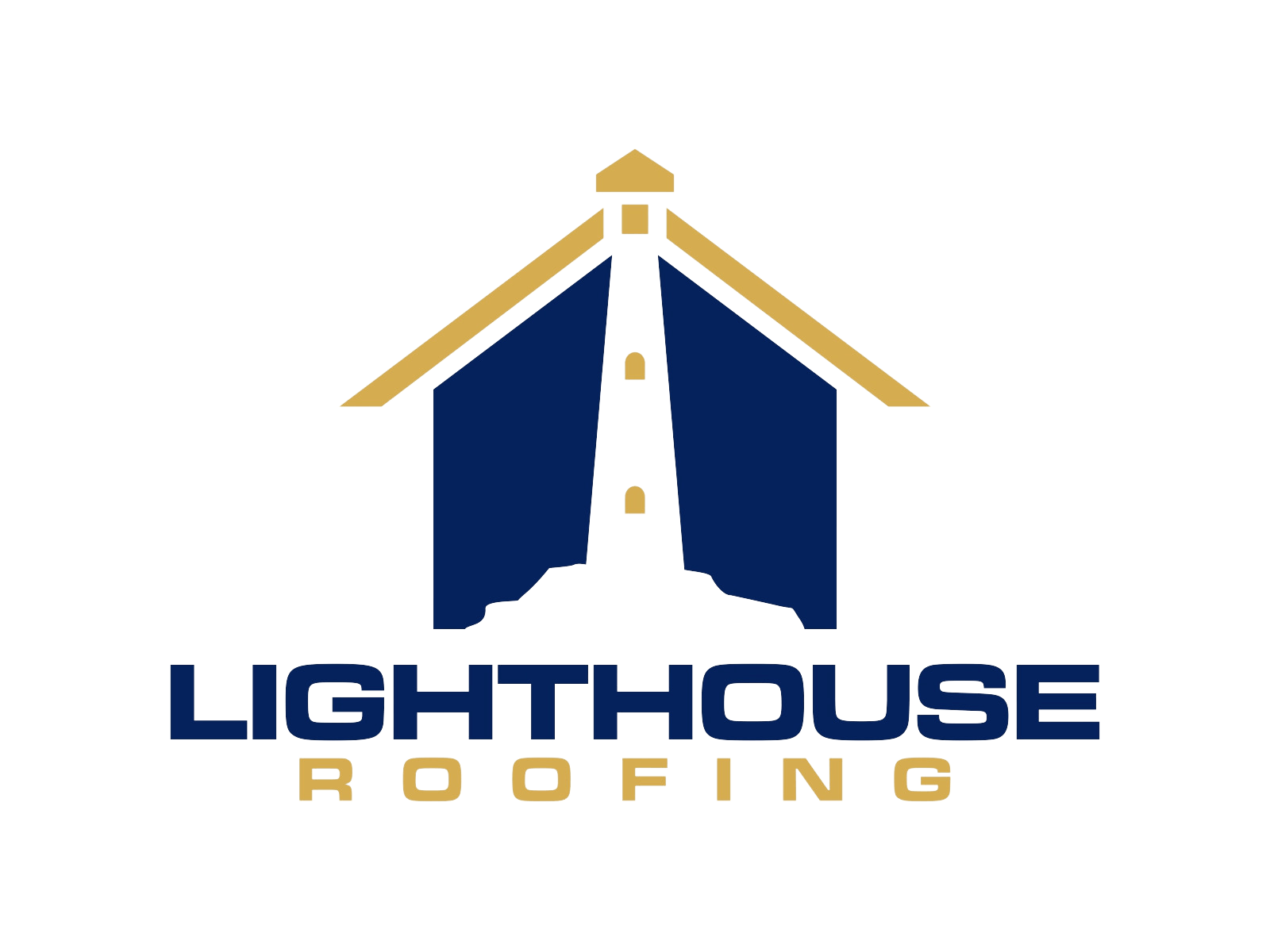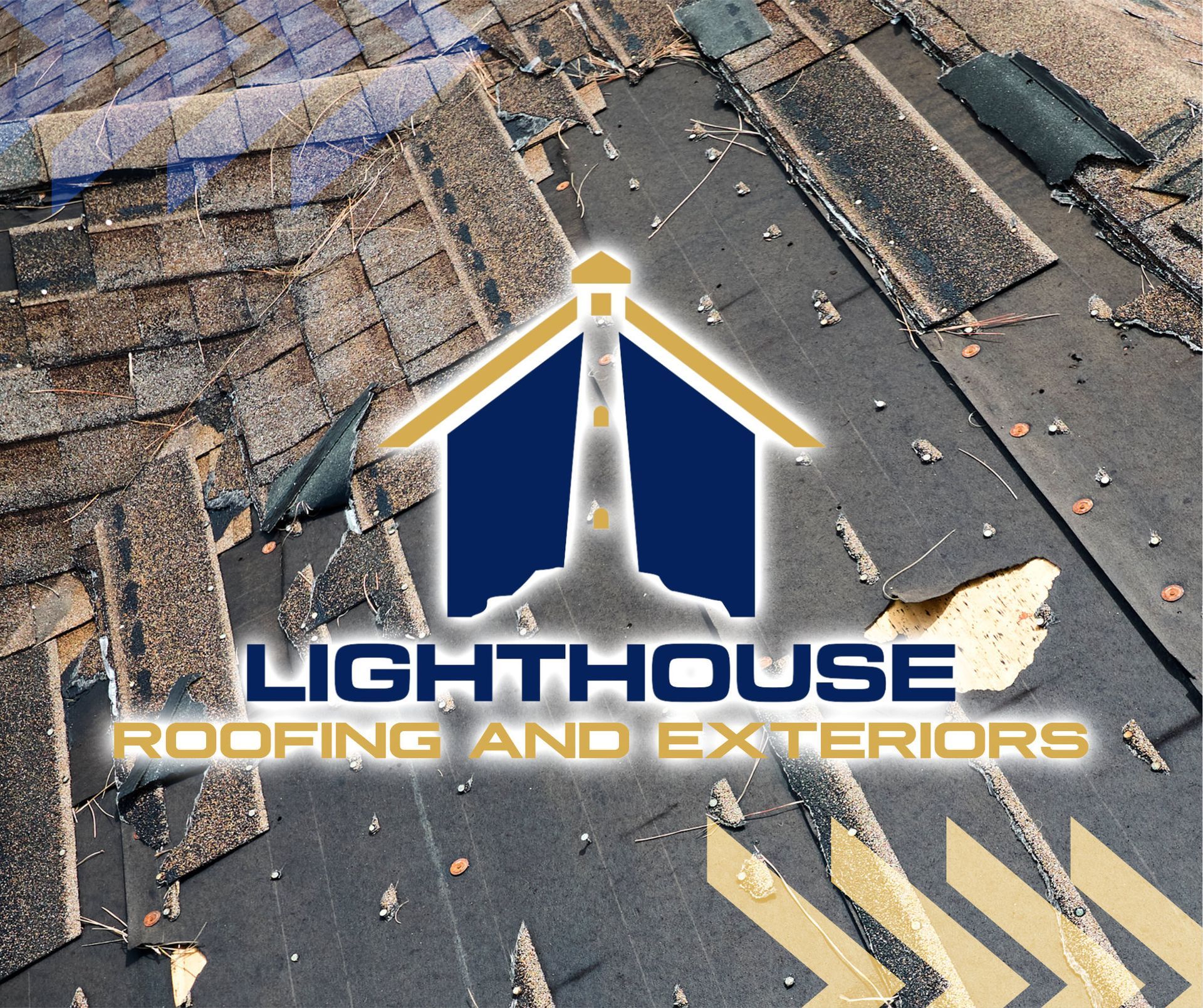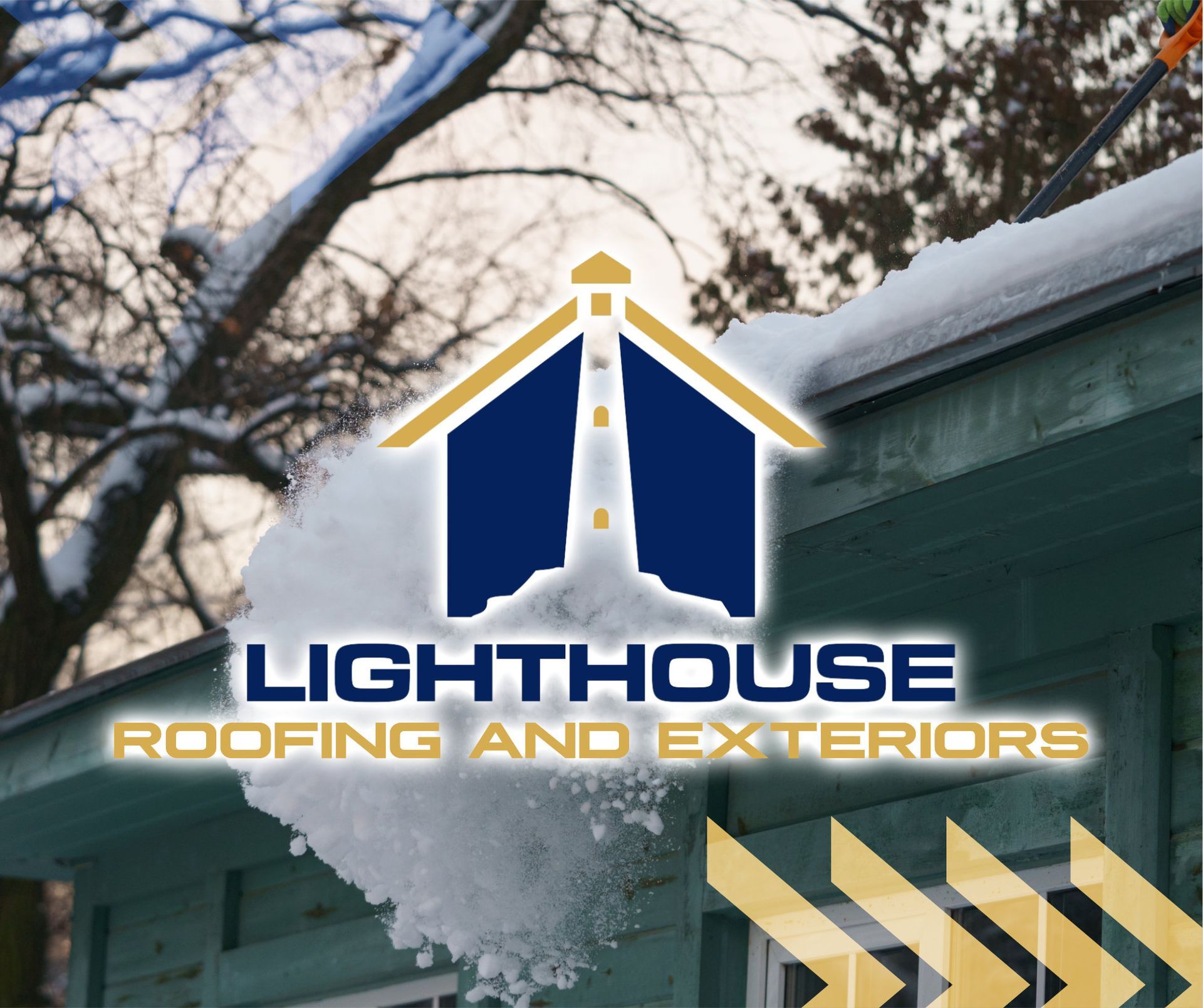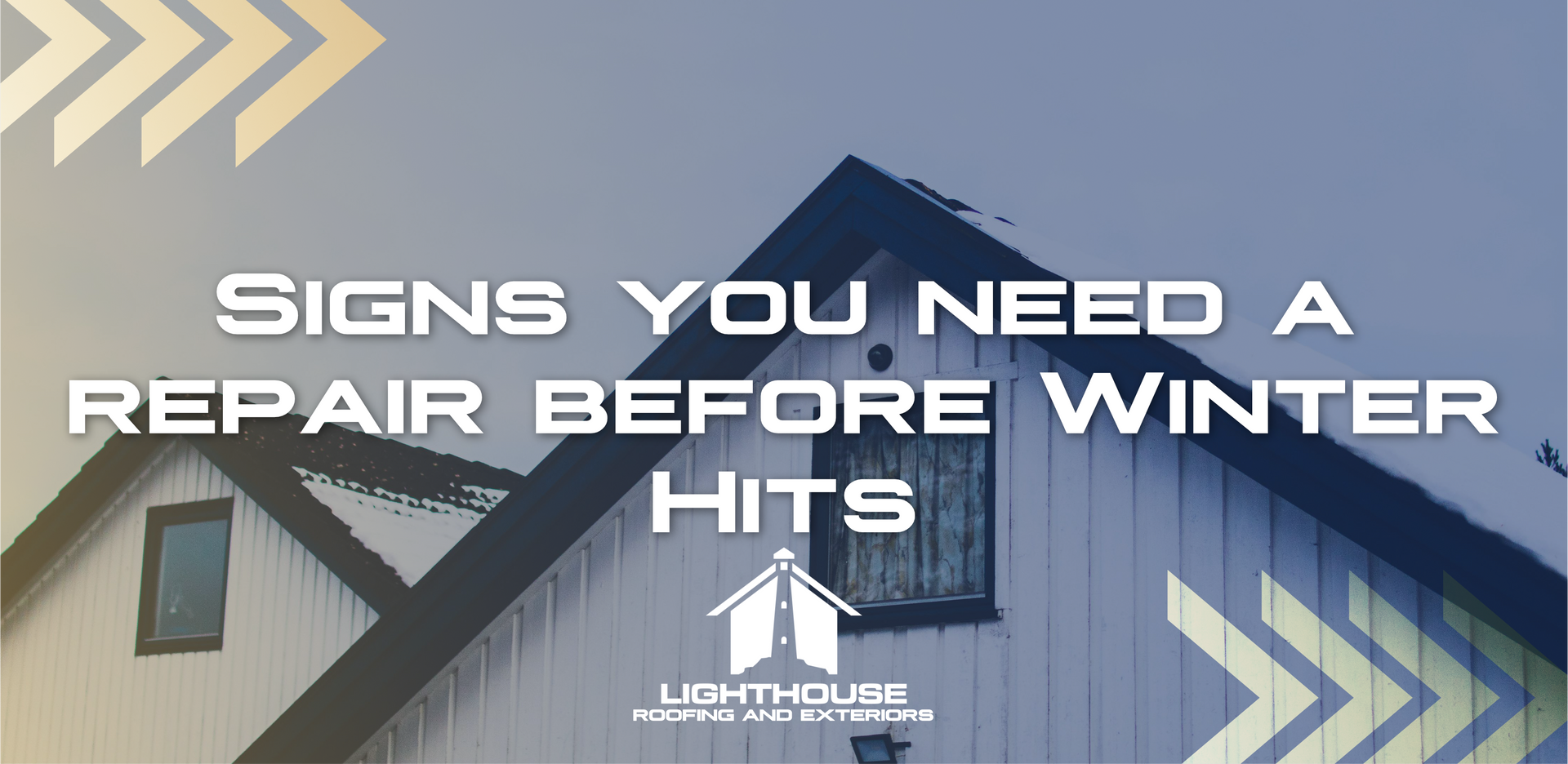
Top 5 Signs Your Roof Needs Repair Before Winter Hits: A Guide for Middle Tennessee Homeowners
As the leaves change color and the crisp autumn air settles in, it’s the perfect time to check your roof before the harsh winter weather arrives. In Middle Tennessee, winter can bring freezing temperatures, snow, and ice, all of which can be tough on your roof if it's not prepared. To help protect your home and ensure your roof is ready for the season ahead, here are the top 5 signs that your roof may need repair before winter hits.
1. Missing or Damaged Shingles
Middle Tennessee is no stranger to severe storms, especially during the late summer and fall months. High winds, heavy rain, and hail can cause shingles to lift, crack, or even blow off completely. Missing or damaged shingles leave your roof vulnerable to water damage, especially as the wet, freezing conditions of winter set in.
What to Look For:
- Shingles that are cracked, curled, or missing.
- Granules from shingles in your gutters (a sign they’ve worn down).
- Areas where shingles are lifting or completely gone.
If you notice any of these signs, it’s important to have your roof inspected and repaired to prevent leaks and further damage during the colder months.
2. Leaks or Water Stains on the Ceiling
If you've noticed water stains or drips on your ceiling, it could be a sign that your roof is leaking. Even a small leak can lead to major water damage over time, especially during winter when freezing temperatures and snow melt can exacerbate roof issues. Water can seep into your attic and cause mold, mildew, and structural damage to your home.
What to Look For:
- Wet spots or water stains on your ceilings or walls.
- Damp insulation in your attic.
- Mold or mildew in your attic or ceilings.
If you’ve spotted any of these signs, don’t wait until the first snowstorm hits—call a roofing professional to inspect and repair your roof before the damage worsens.
3. Damaged Flashing Around Chimneys, Vents, or Skylights
Flashing is the material used to seal joints around chimneys, vents, skylights, and other roof protrusions. If flashing is damaged or deteriorated, water can seep into these vulnerable spots, leading to leaks. In Middle Tennessee, where rain and snow can quickly accumulate, damaged flashing is a major concern during the winter months.
What to Look For:
- Rusted or cracked flashing around chimneys, vents, or skylights.
- Missing sections of flashing.
- Gaps where the flashing meets the roof.
If your flashing is damaged, it’s essential to have it repaired to prevent leaks and water damage as the weather turns colder.
4. Sagging or Drooping Roof
A sagging or drooping roof is a clear sign that your roof may have structural damage. This can be caused by several issues, such as water damage, rot, or an overload of debris. The weight of snow and ice during winter can make a sagging roof even more dangerous, so it’s important to address this issue before the cold weather arrives.
What to Look For:
- Visible dips or sagging in your roof’s structure.
- Unevenness in the roofline.
- Soft spots in the attic or ceiling when walking on them.
If your roof is sagging, it’s essential to contact a professional roofing contractor immediately to assess and fix the issue before it gets worse in the winter months.
5. Clogged or Damaged Gutters
Gutters play a crucial role in directing water away from your roof and foundation. In Middle Tennessee, fall brings a lot of leaves and debris, which can quickly clog gutters and downspouts. Clogged gutters can lead to water pooling on your roof, which can cause ice dams, water leaks, and even roof collapse in extreme cases during winter.
What to Look For:
- Overflowing gutters or water spilling over the sides.
- Visible debris, like leaves, twigs, or dirt, blocking the gutters.
- Sagging gutters that don’t drain properly.
Cleaning out your gutters and repairing any damage before winter hits can save you from dealing with bigger roofing problems when the temperature drops.
Why It’s Important to Act Now
Waiting until the first snowstorm or freeze to address roofing issues can lead to costly repairs and damage. By addressing these signs before winter, you can prevent leaks, ice dams, and further damage caused by freezing rain and snow. Whether it’s repairing missing shingles, fixing flashing, or cleaning out gutters, tackling these issues now will give you peace of mind when the winter weather hits.
At Lighthouse Roofing and Exteriors, we specialize in roofing repairs and replacements in Middle Tennessee. We understand the unique challenges our region faces, and we’re here to help you get your roof ready for the winter. Contact us today for a free roof inspection and ensure your home is prepared for the cold months ahead!


